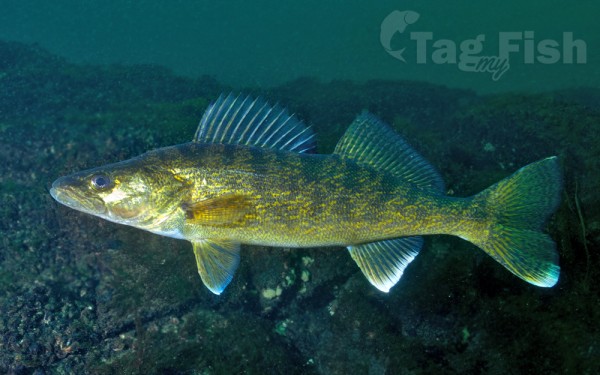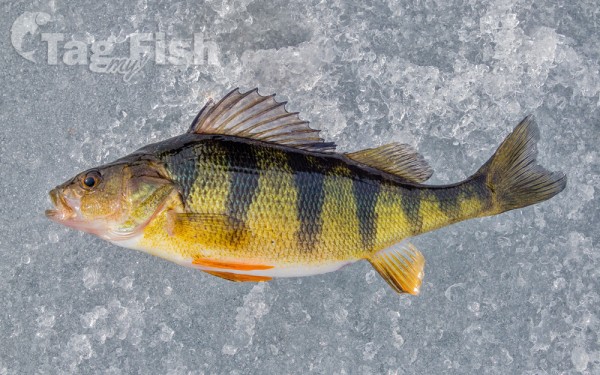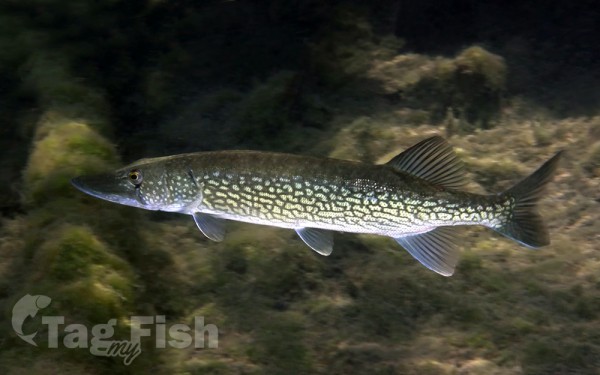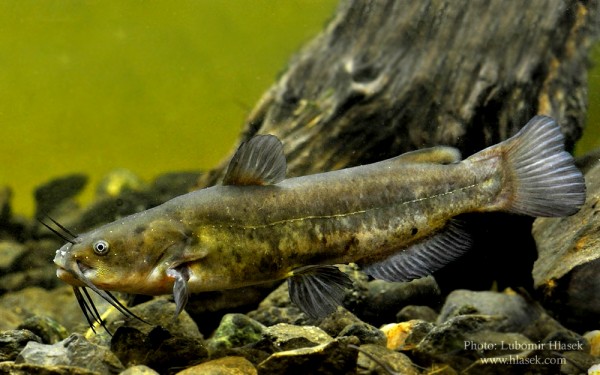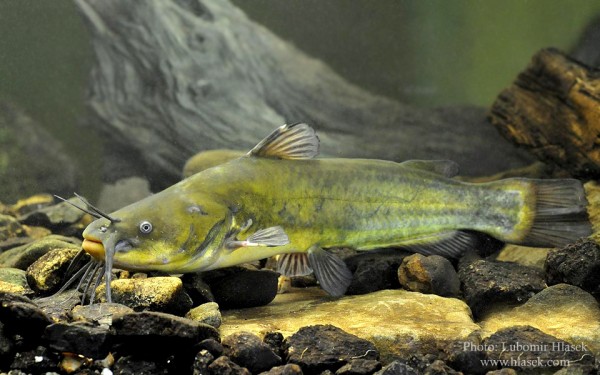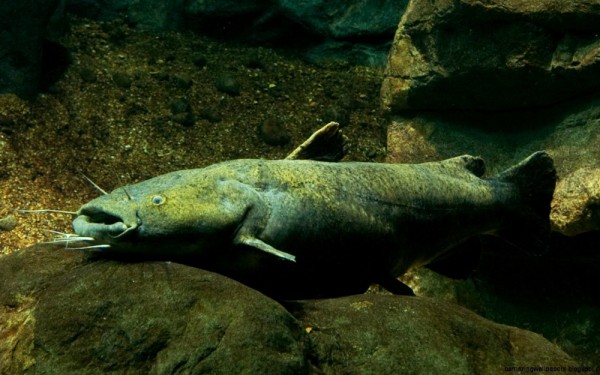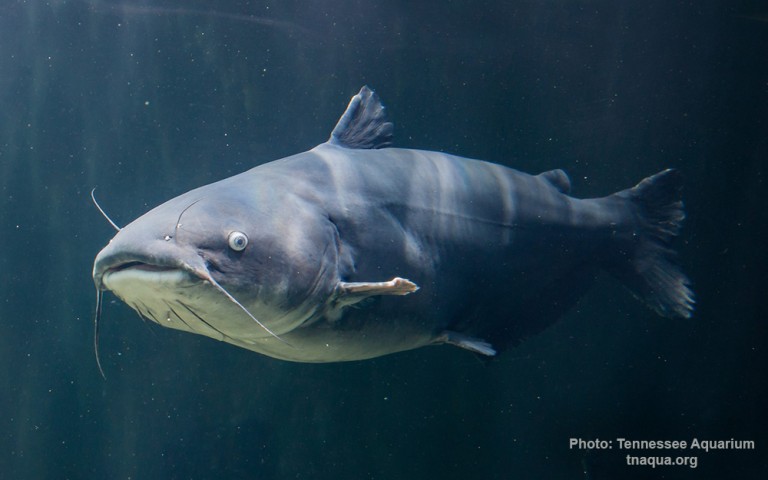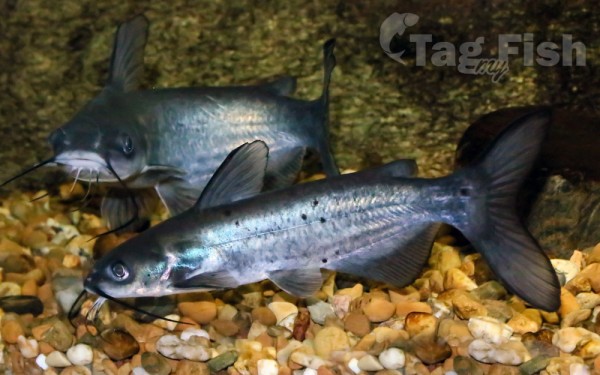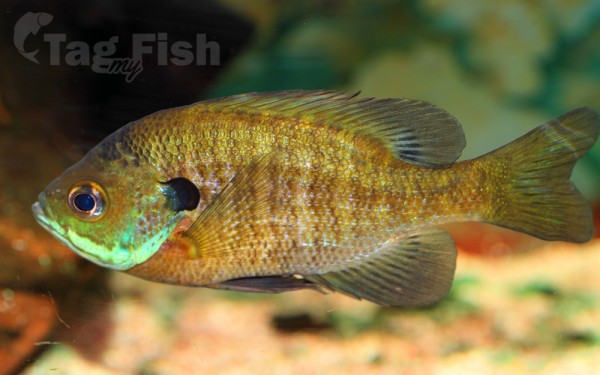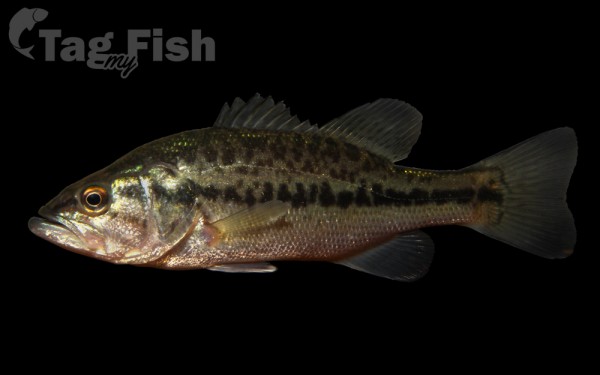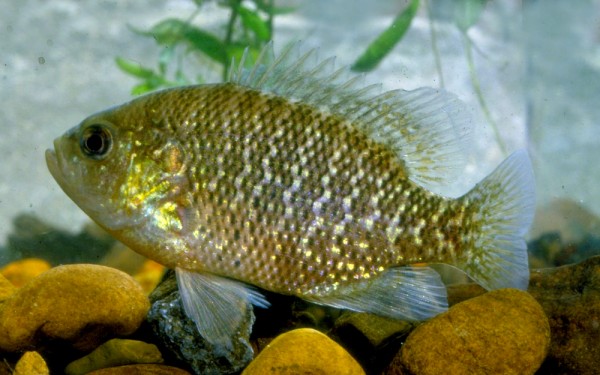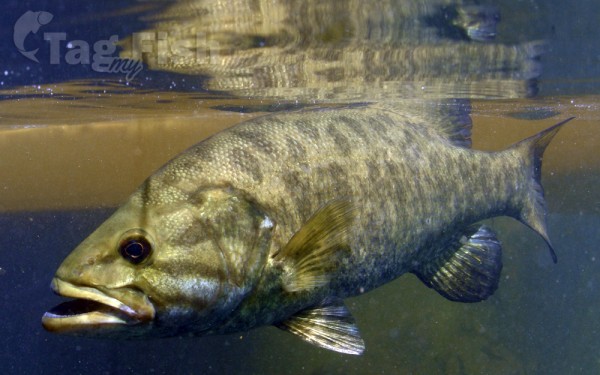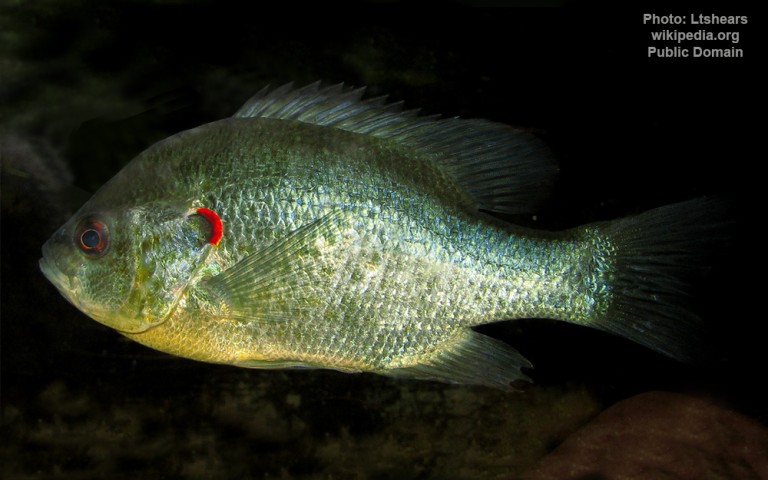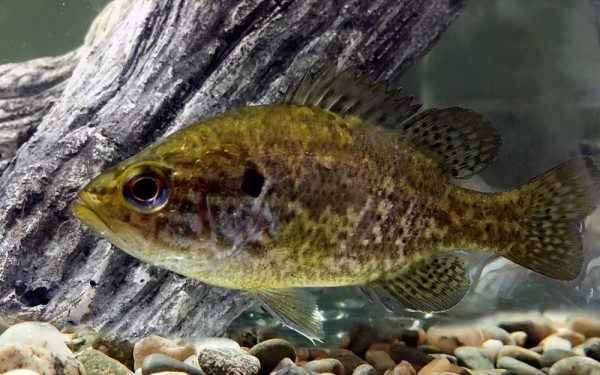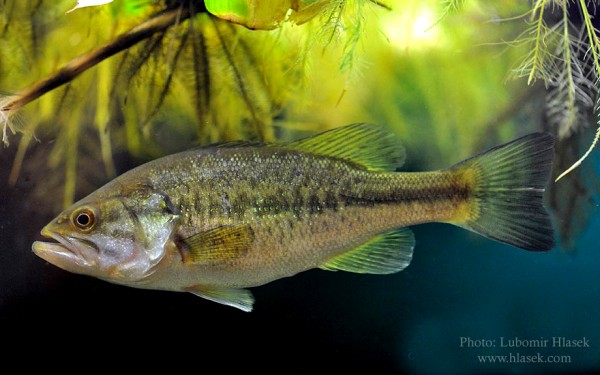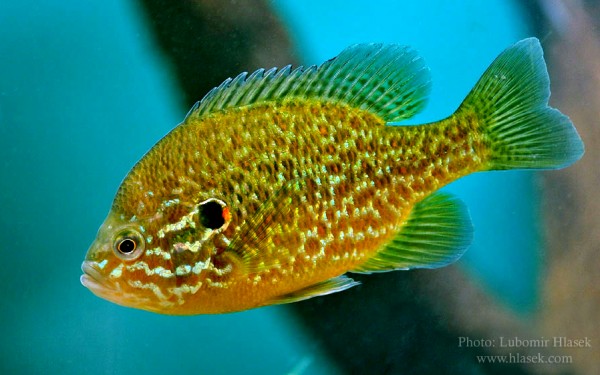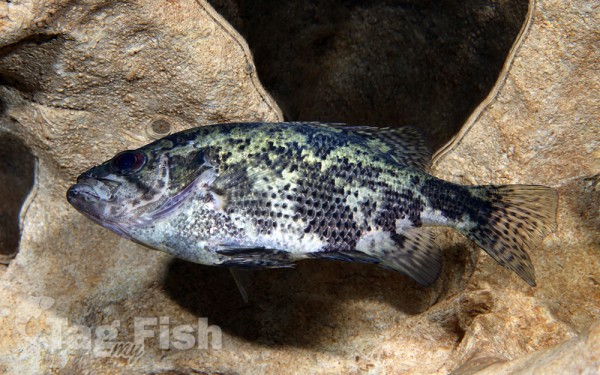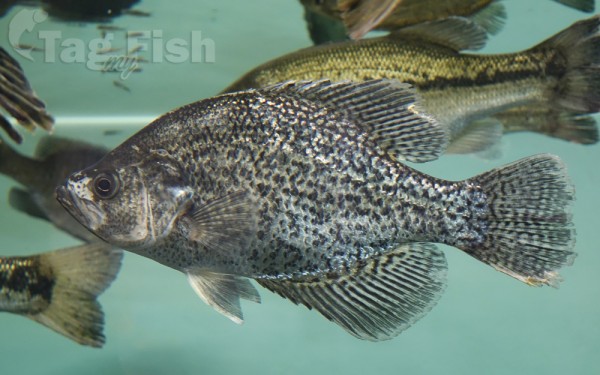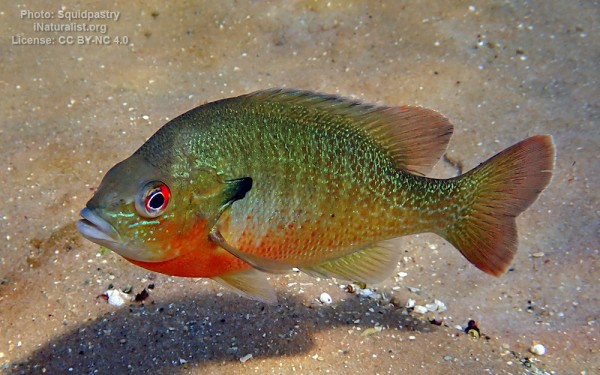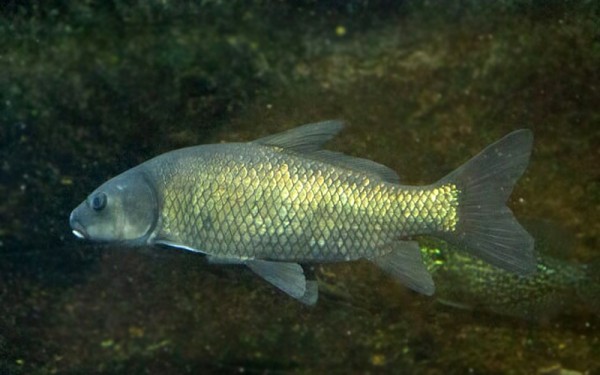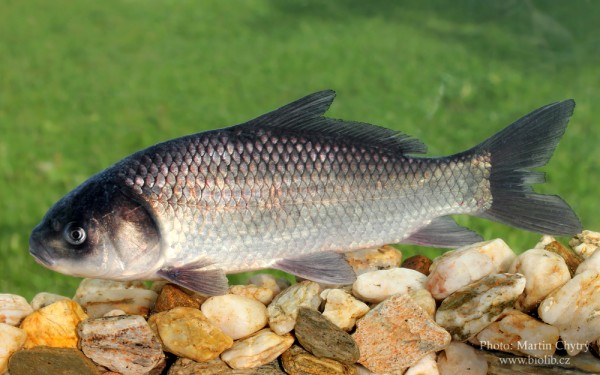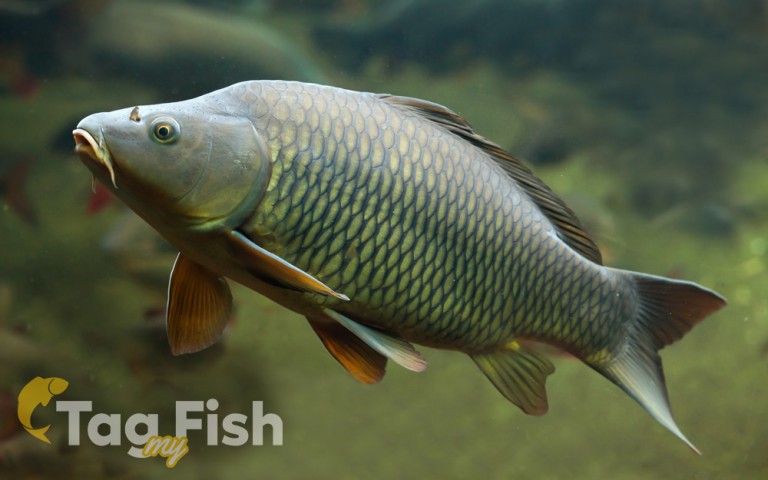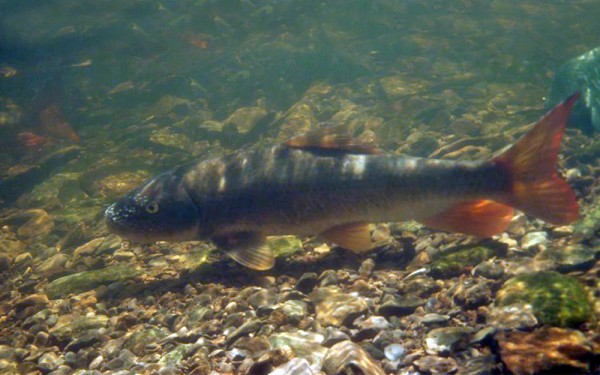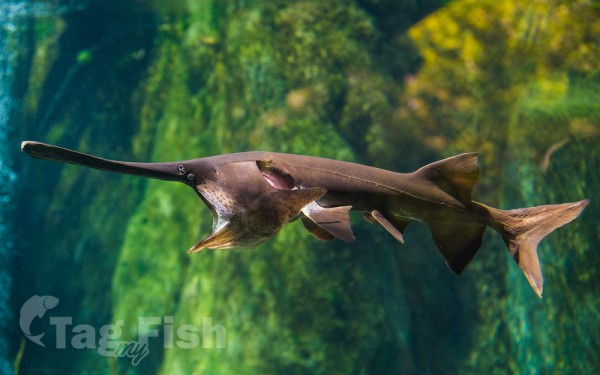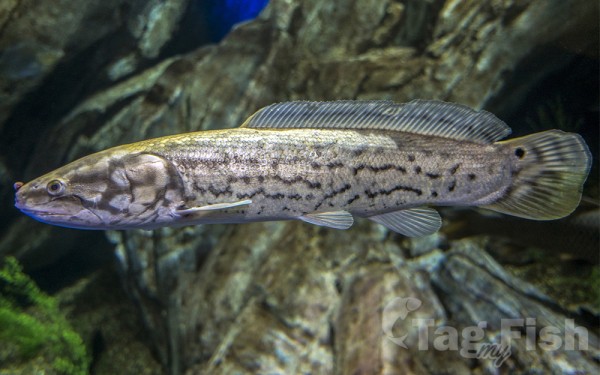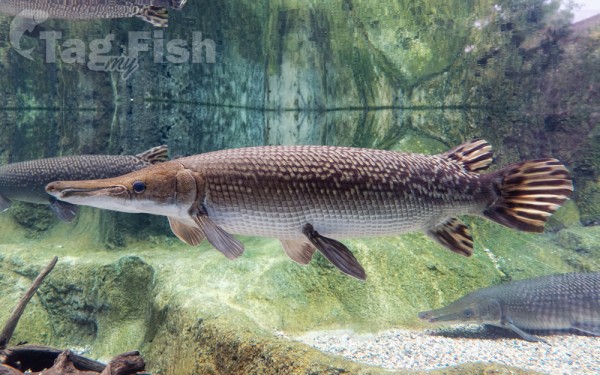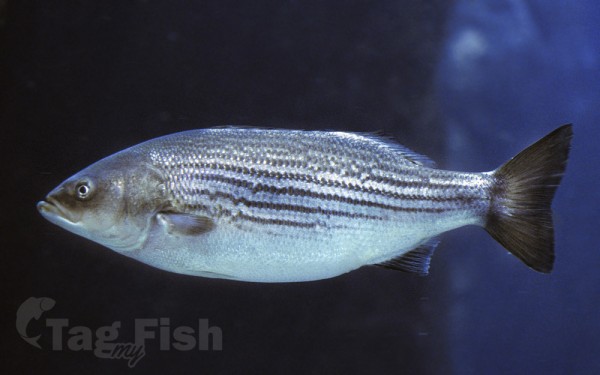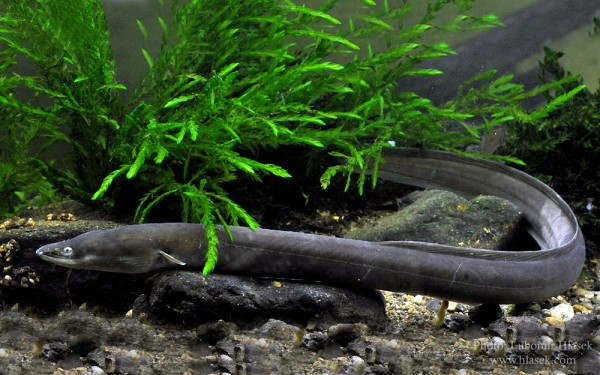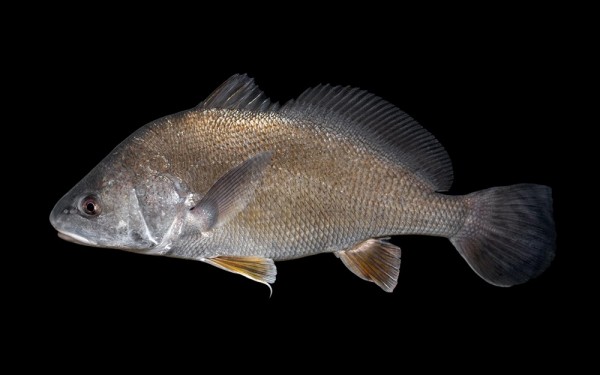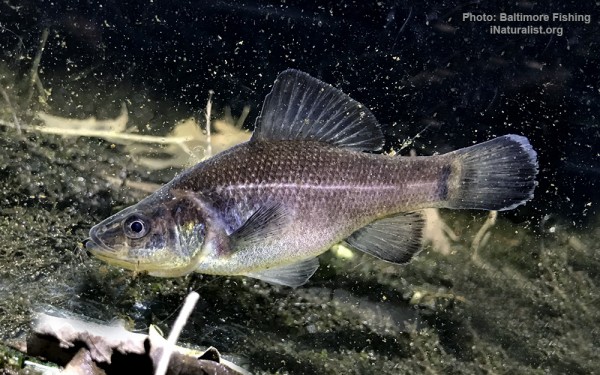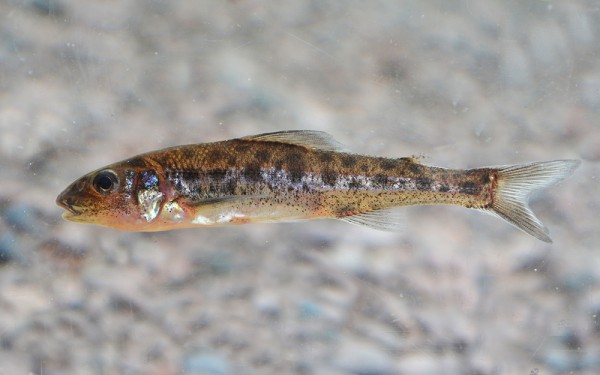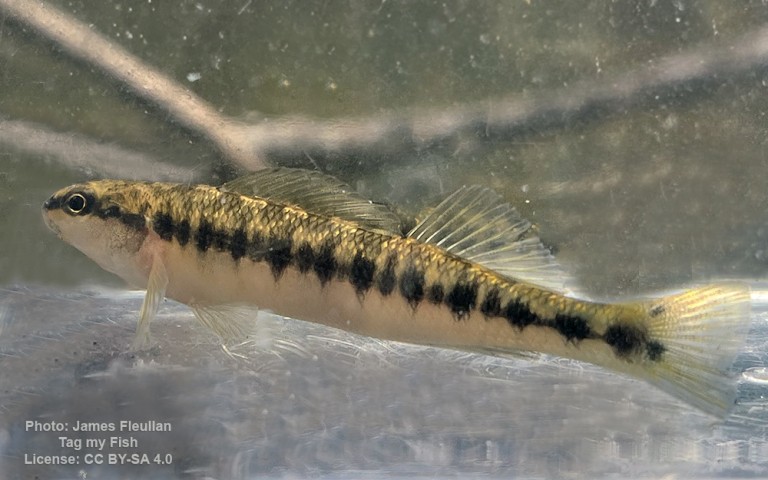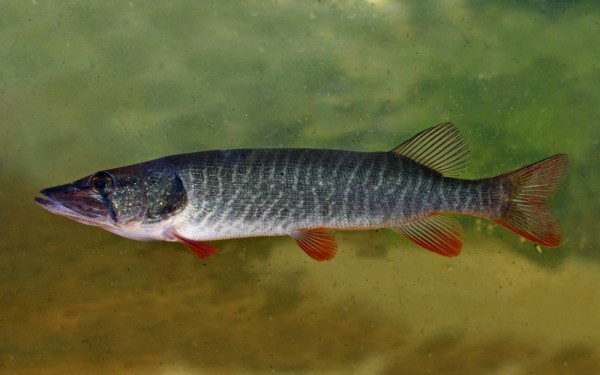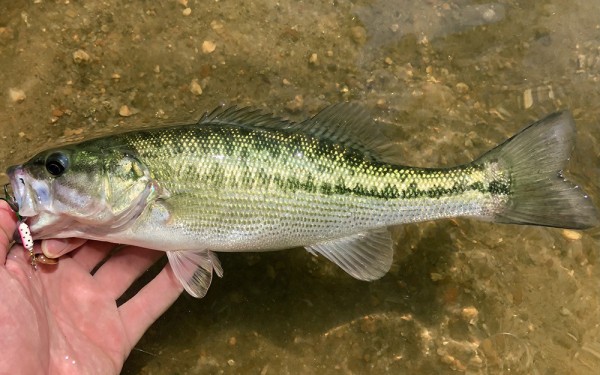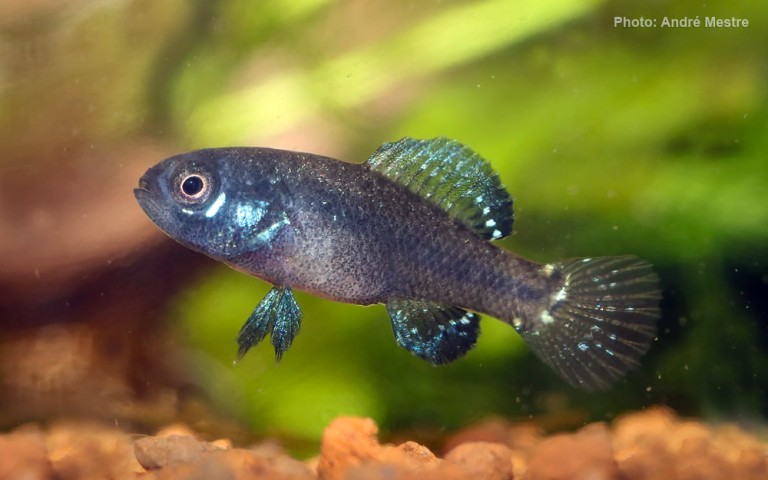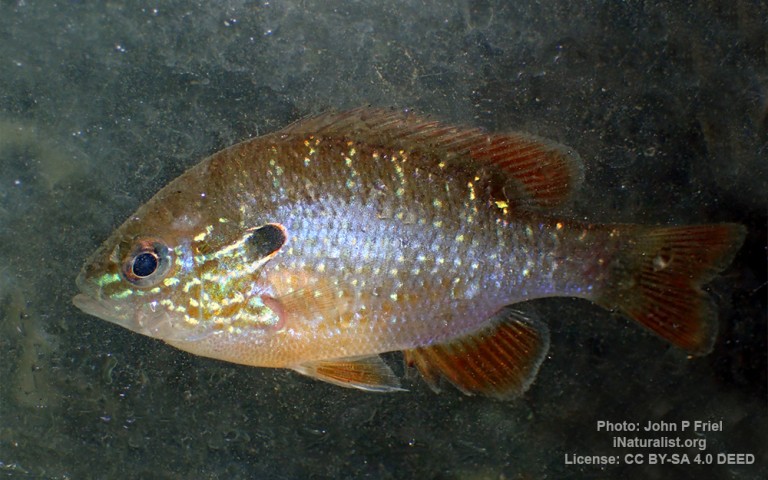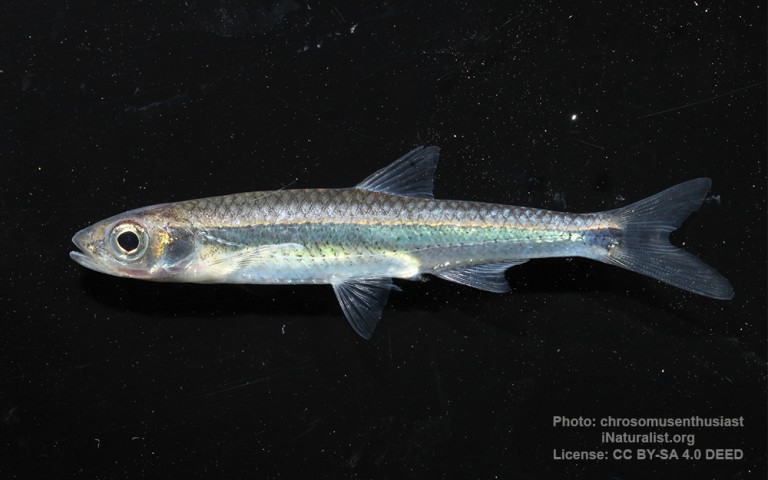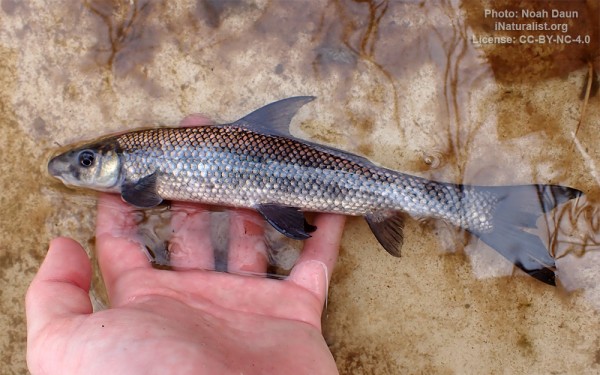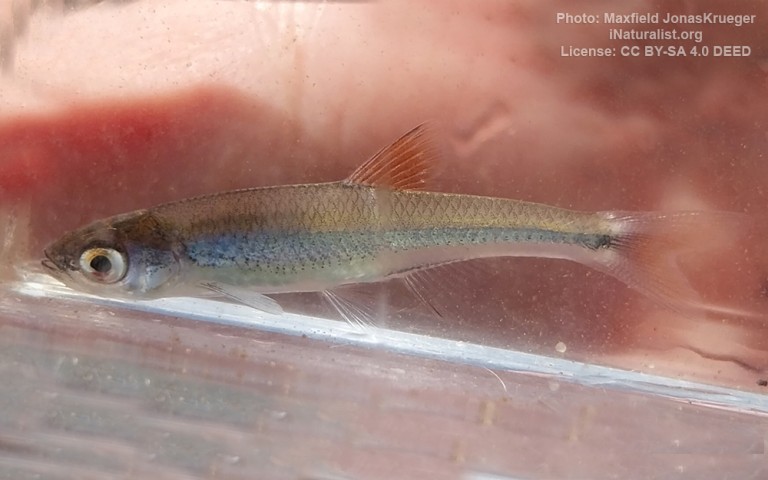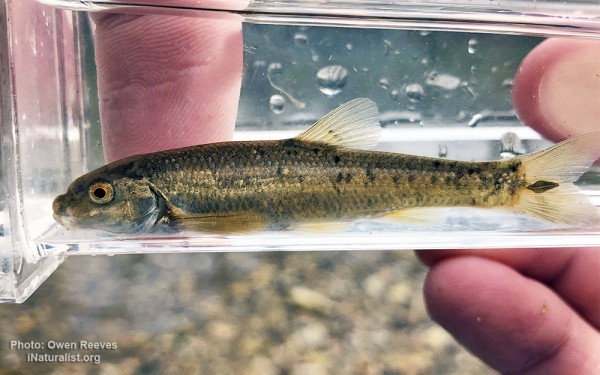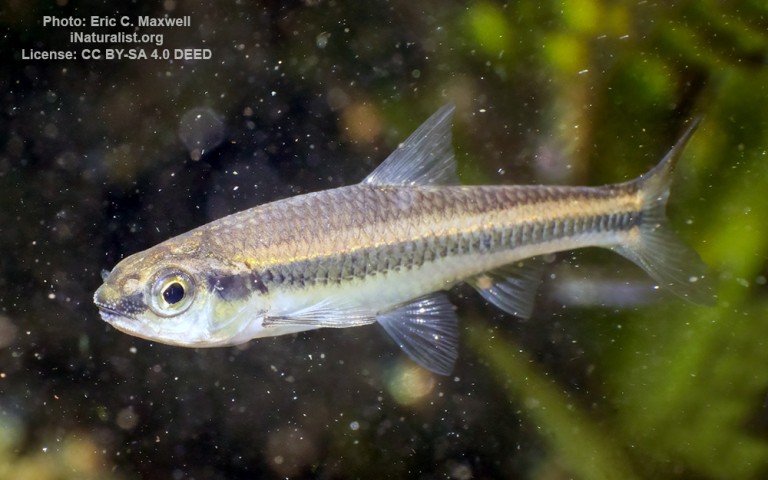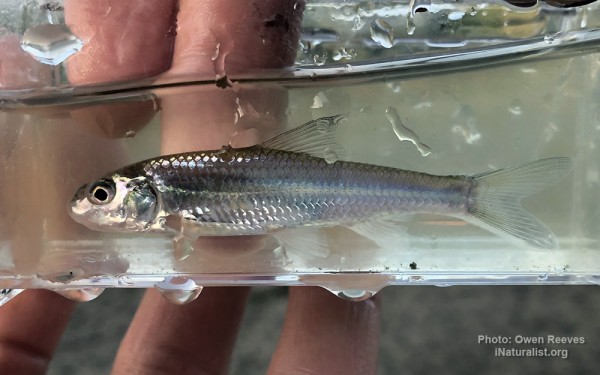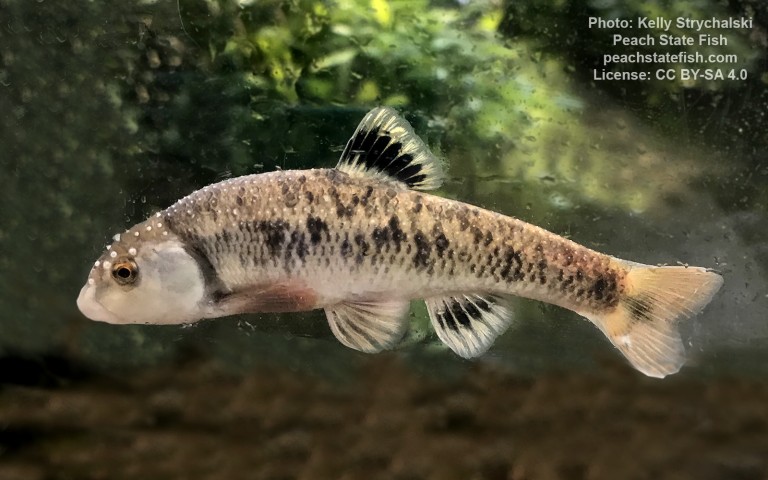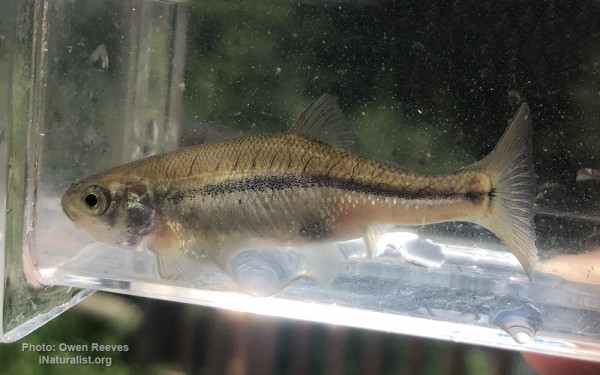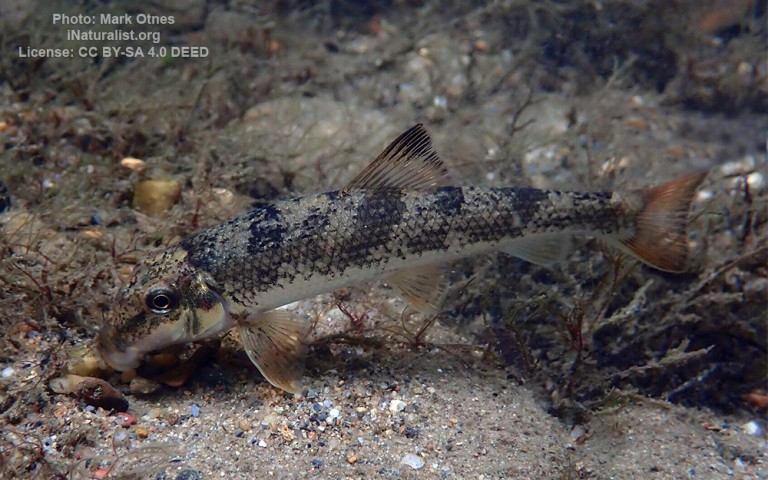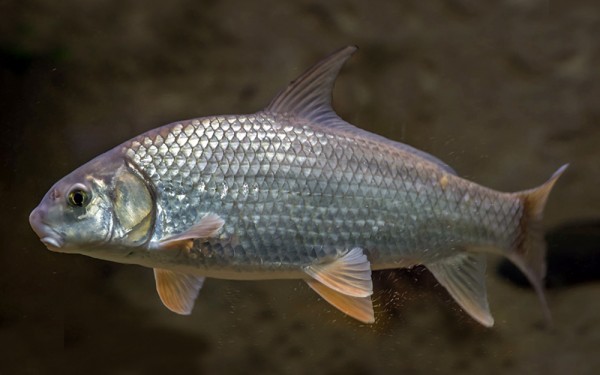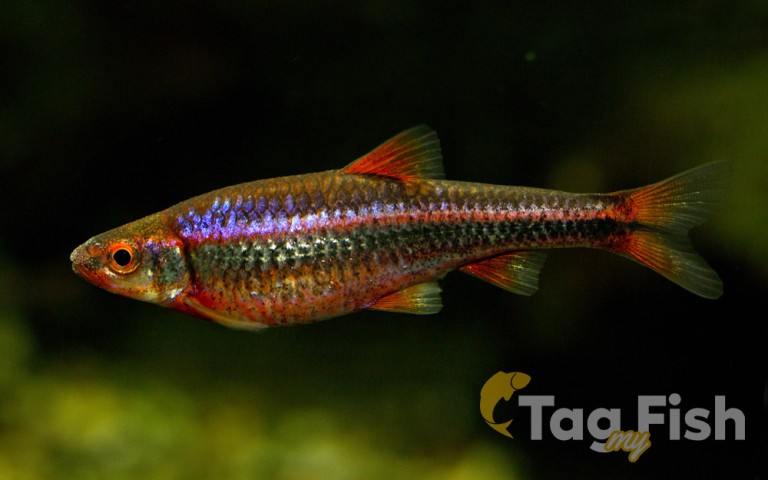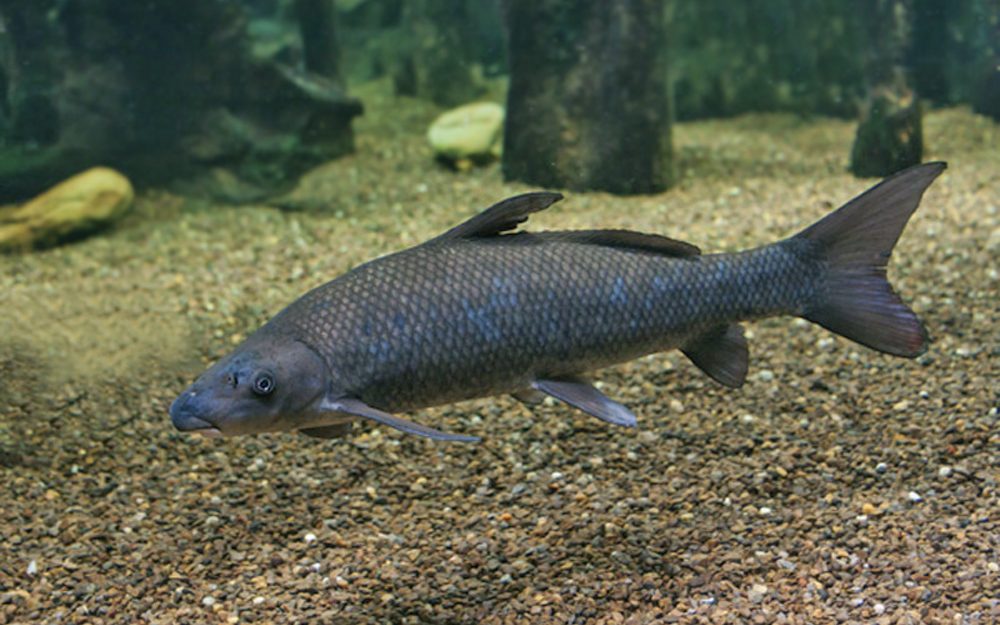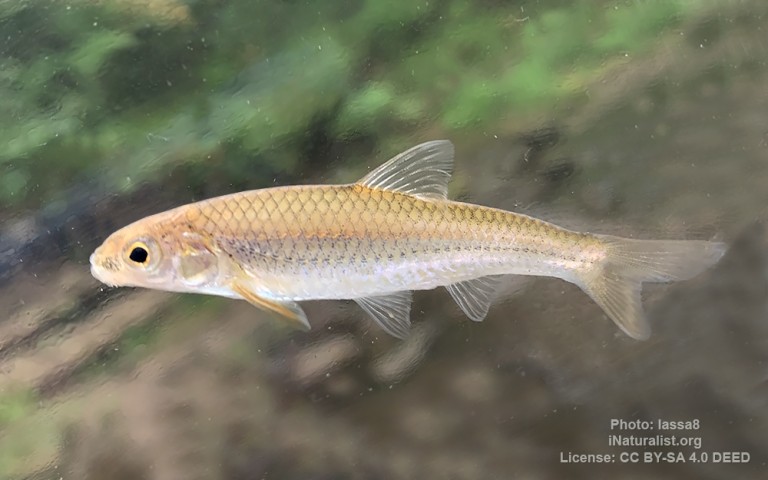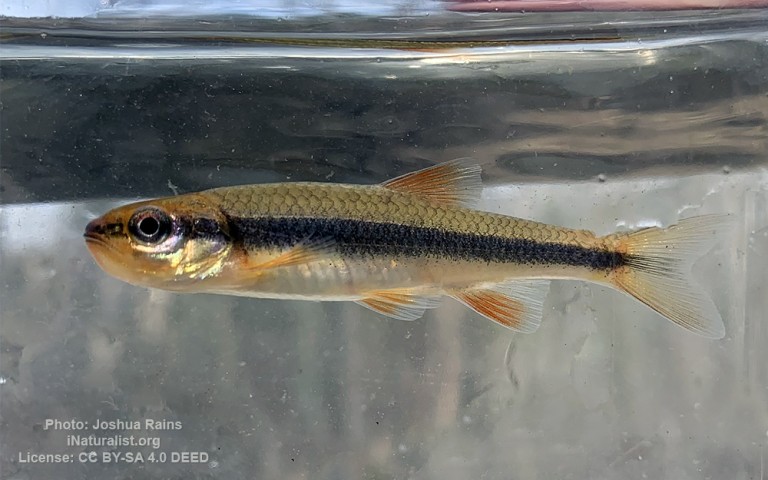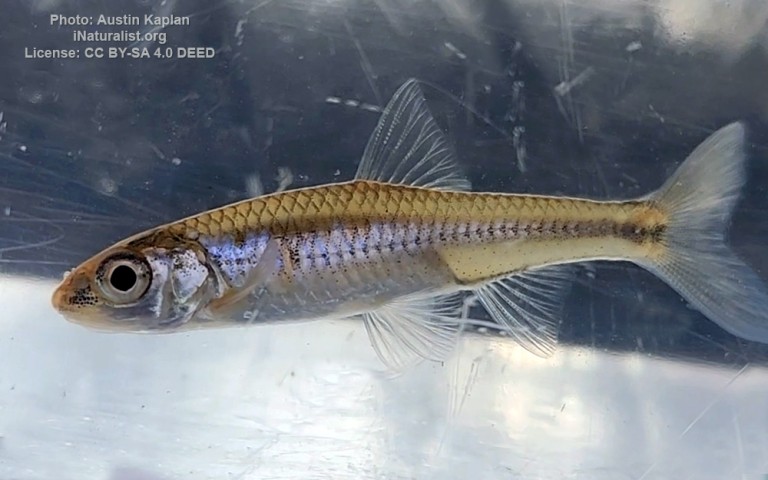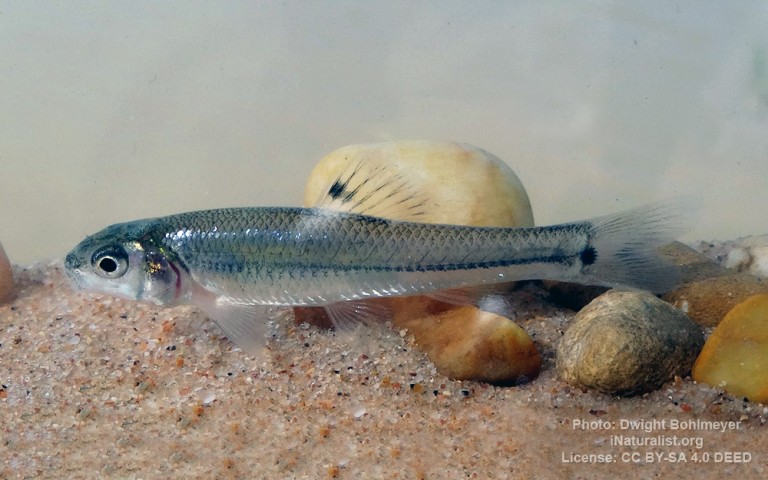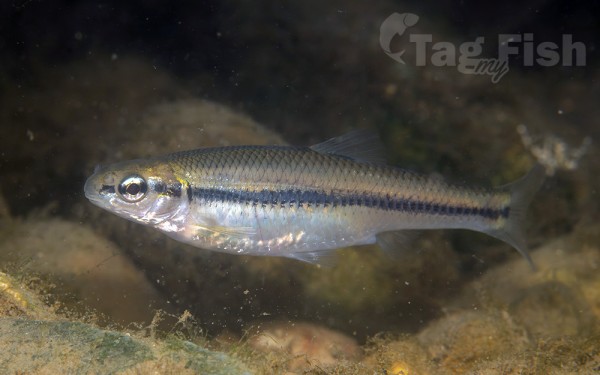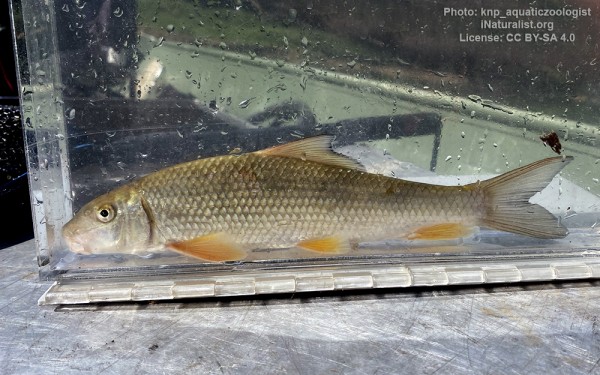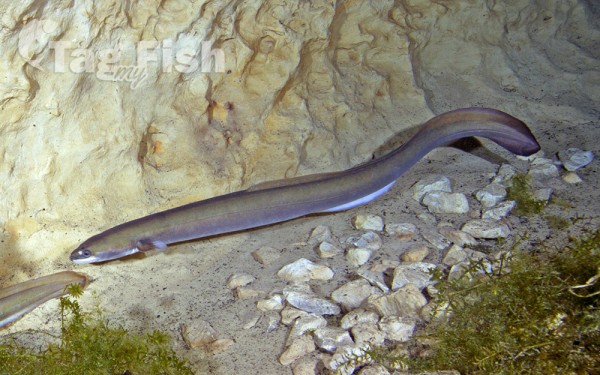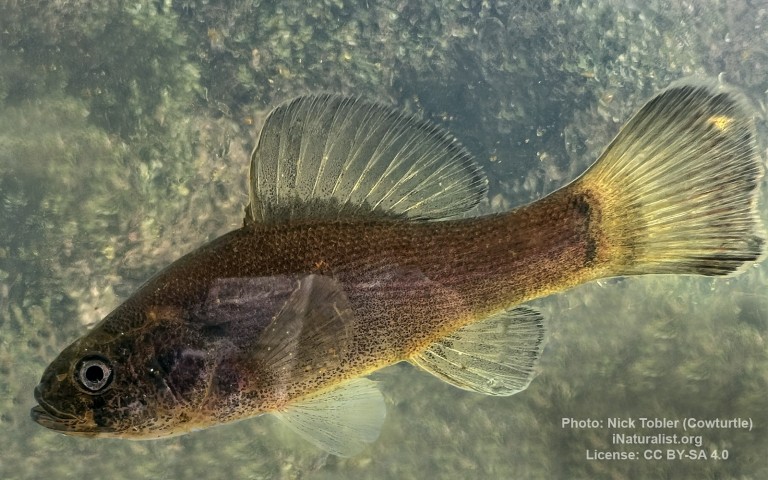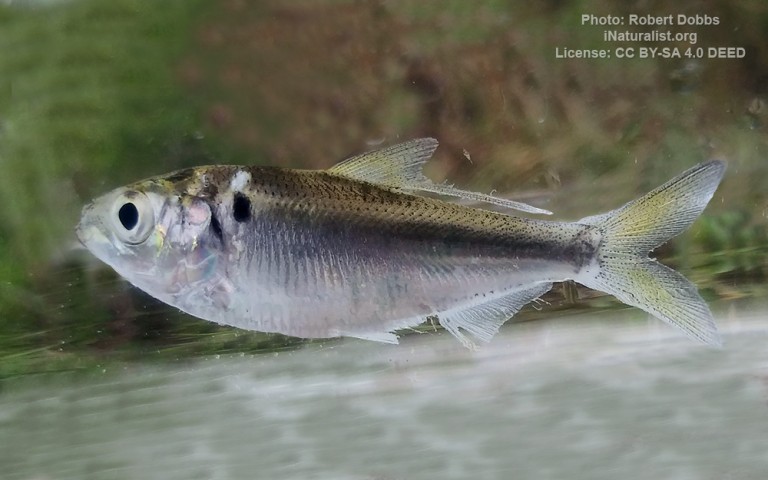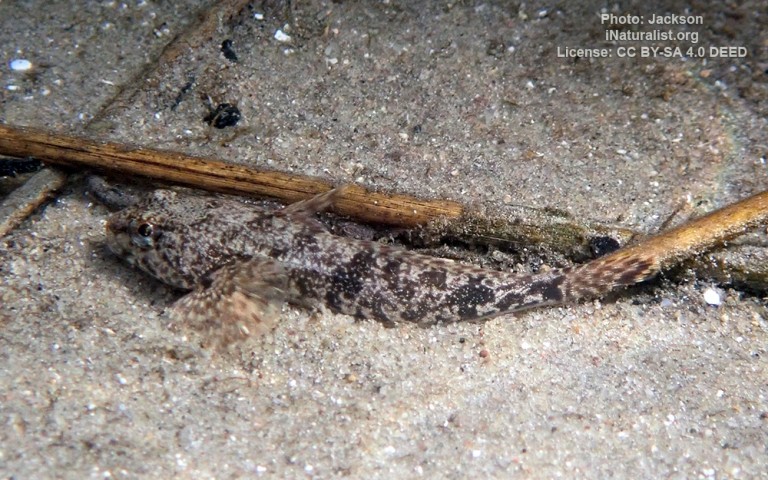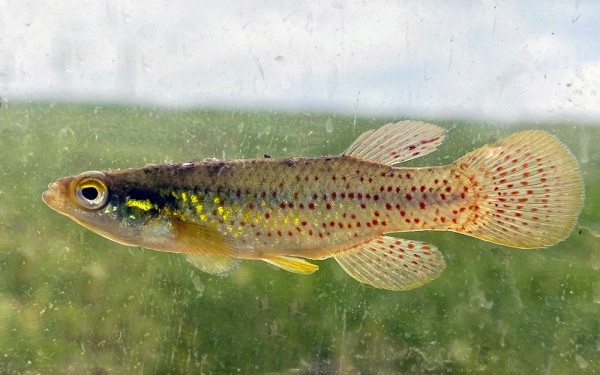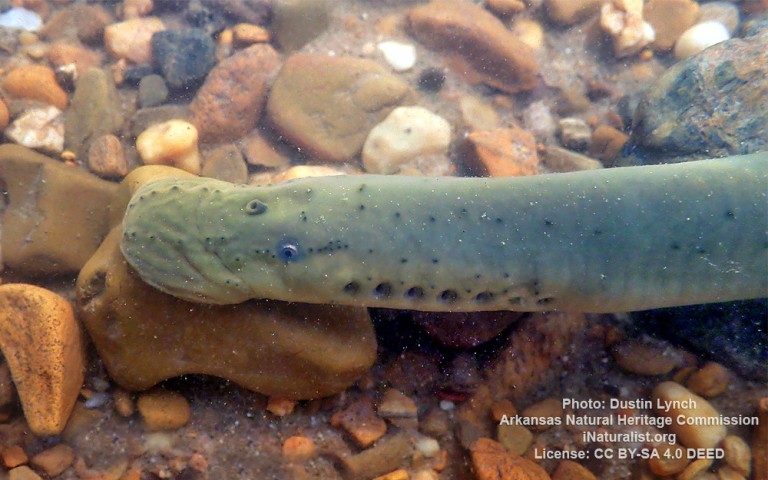Lake Martin (Alabama)
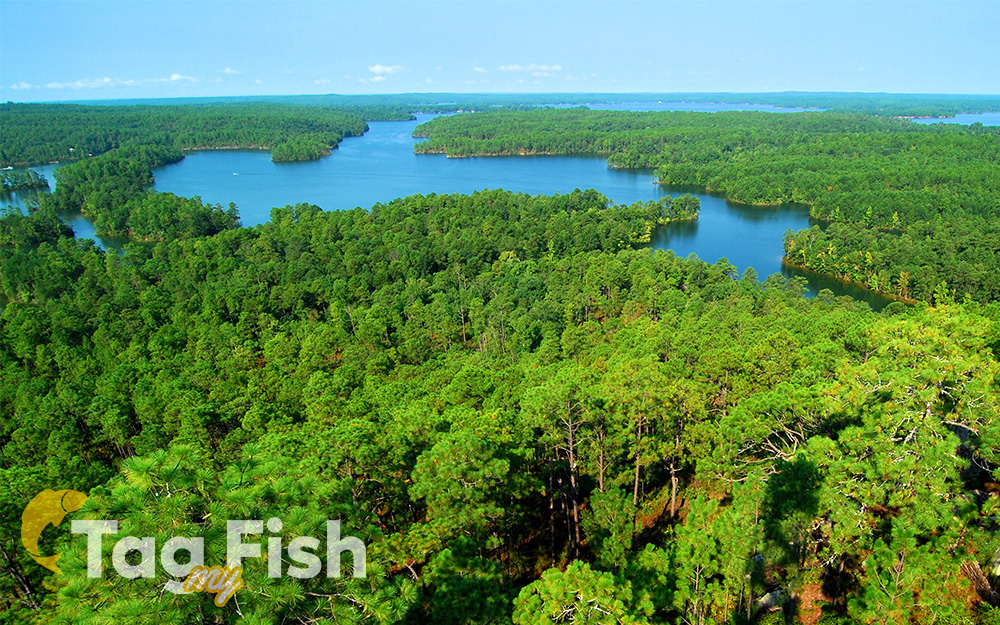
Perciformes - Perches
Esociformes - Pikes
Siluriformes - Catfishes
Centrarchiformes - Basses and sunfishes
Cypriniformes - Carps
Acipenseriformes - Sturgeons and Paddlefish
Amiiformes - Bowfins
Lepisosteiformes - Gars
Moroniformes - Temperate basses
Anguilliformes - Eels and morays
Acanthuriformes - Surgeonfishes
Percopsiformes - Trout-perches
Perciformes - Perches
Esociformes - Pikes
Siluriformes - Catfishes
Centrarchiformes - Basses and sunfishes
Cypriniformes - Carps
Acipenseriformes - Sturgeons and Paddlefish
Amiiformes - Bowfins
Lepisosteiformes - Gars
Moroniformes - Temperate basses
Anguilliformes - Eels and morays
Acanthuriformes - Surgeonfishes
Percopsiformes - Trout-perches
Clupeiformes - Herrings
Scorpaeniformes - Mail-cheeked fishes
Cyprinodontiformes - Toothcarps
Petromyzontiformes - Lampreys
Perciformes - Perches
Esociformes - Pikes
Siluriformes - Catfishes
Centrarchiformes - Basses and sunfishes
Cypriniformes - Carps
Acipenseriformes - Sturgeons and Paddlefish
Amiiformes - Bowfins
Lepisosteiformes - Gars
Moroniformes - Temperate basses
Anguilliformes - Eels and morays
Acanthuriformes - Surgeonfishes
Percopsiformes - Trout-perches
Clupeiformes - Herrings
Scorpaeniformes - Mail-cheeked fishes
Cyprinodontiformes - Toothcarps
Petromyzontiformes - Lampreys
Lake Martin is located in Tallapoosa, Elmore and Coosa counties in Alabama. It is a 44,000-acre (178 km2) reservoir with over 750 miles (1,200 km) of wooded shoreline.
Lake Martin is a reservoir, enlarged by the construction of Martin Dam on the Tallapoosa River. Construction on Martin Dam began in 1923 and was completed in 1926, creating what was, at that time, the largest human-made body of water in the world. Originally known as Cherokee Bluffs for the geological formation upon which it was built, the dam was renamed in 1936 in honor of Thomas Martin, the then-president of Alabama Power Company. Alabama Power and Russell Lands own some of the shoreline.
Lake Martin is an infertile, clear water reservoir with a limited abundance of sportfish and baitfish, when compared to more fertile impoundments like those on the Coosa River. The upper region of the lake is the most fertile, especially around the Coley Creek and Elkahatchee Creek areas, while the Kowaliga Creek arm is the most infertile.
Popular species sought by anglers include largemouth bass, Alabama bass, striped bass, white bass, black and white crappie, channel catfish, blue catfish, flathead catfish, bluegill and redear sunfish. Special striped bass regulations apply at Lake Martin.
